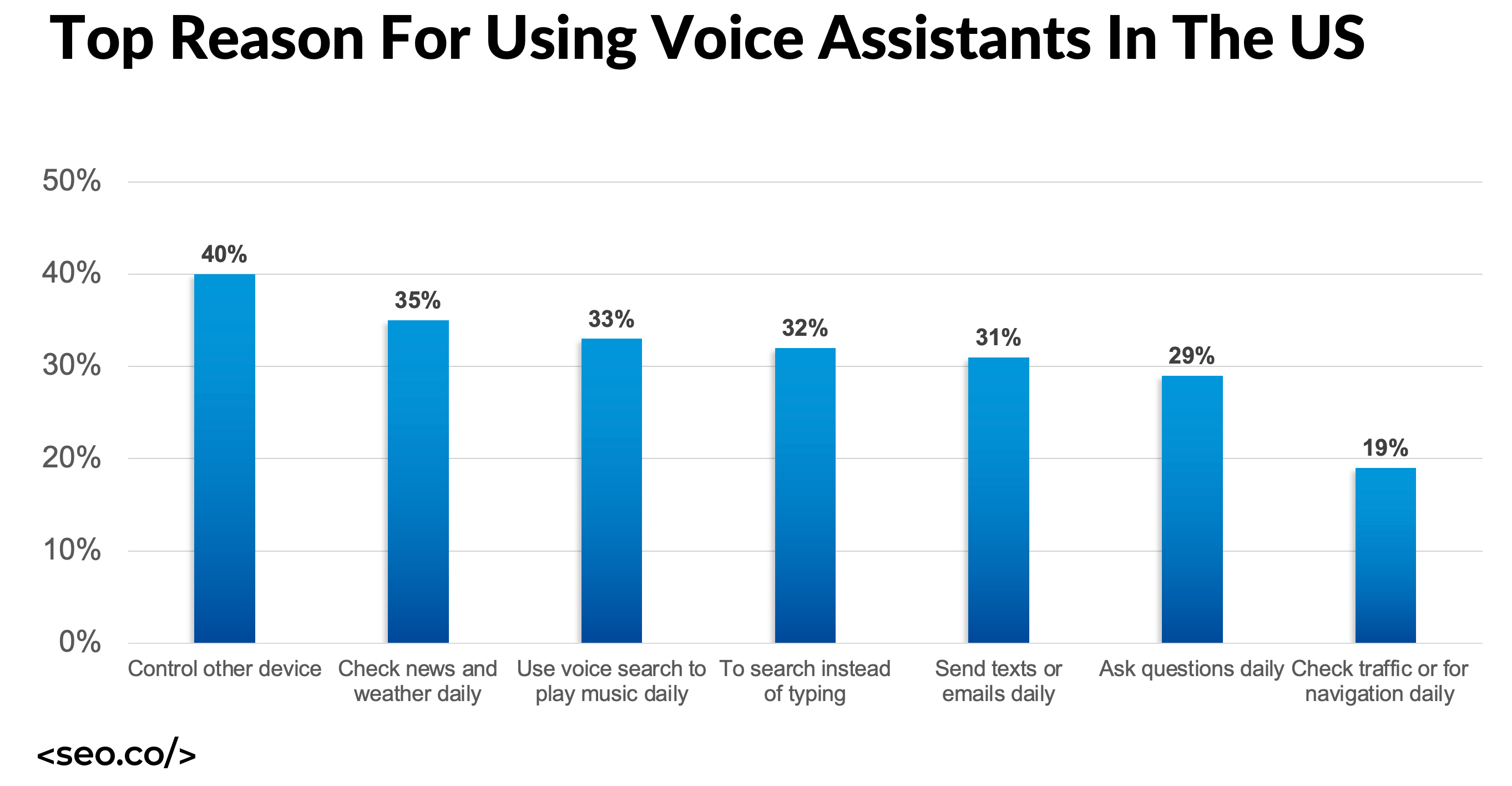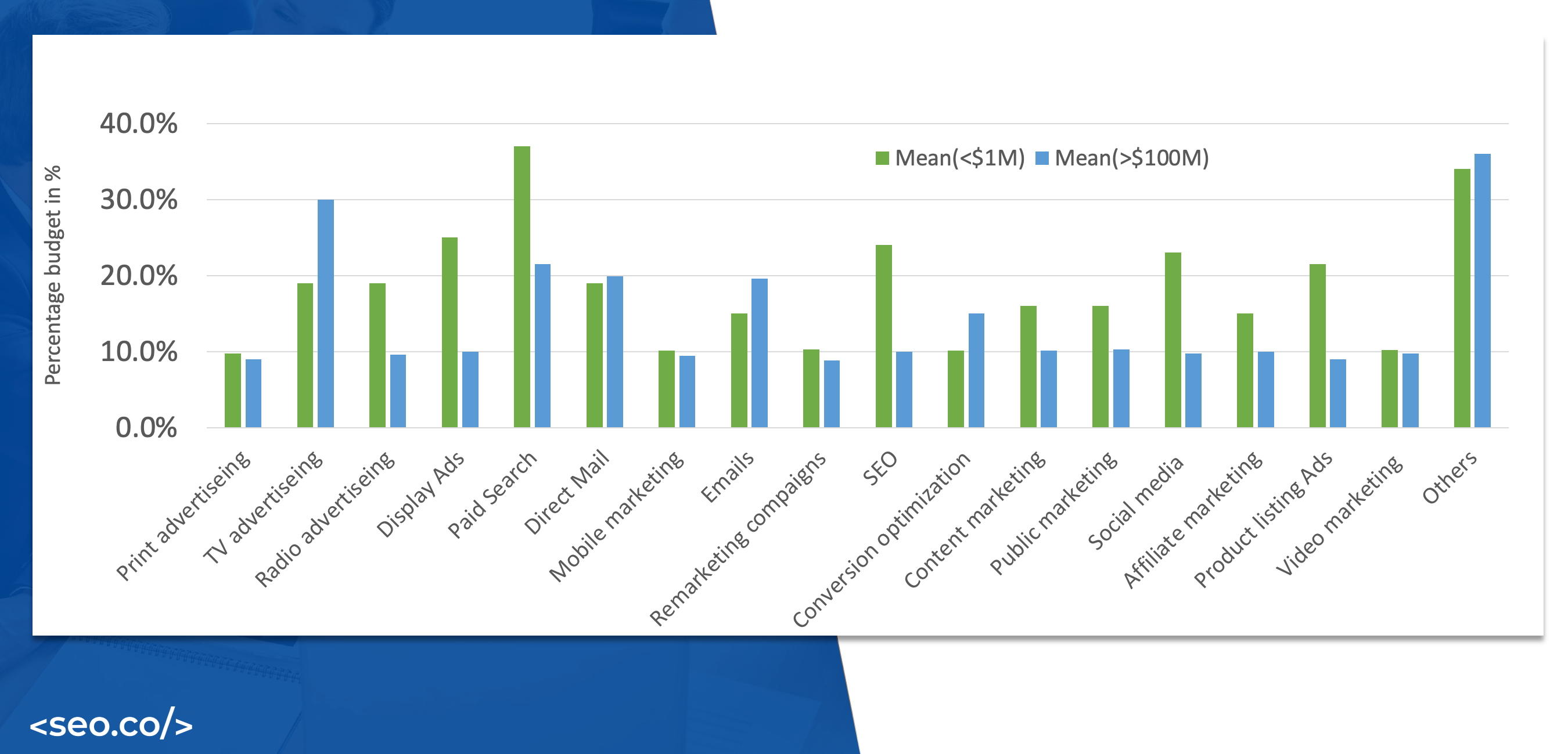Ranking for competitive, high-volume keywords is the holy grail of SEO.
Wikipedia has nailed the strategy perfectly:
- Create timeless, evergreen content worthy of attention
- Regularly update and improve your old content
- Recalibrate and reformat your content for specific niches and industries
- Promote your content
It is not as easy as we make it sound, however.
Here’s our internal process for targeting and ranking for competitive, high-volume keywords in Google search:
Table of Contents
1. Identify the competitive keywords
This should be the foundation of your content marketing strategy. One simple way to do it is to do deep keyword research yourself. The keywords must be relevant, have a high potential to funnel traffic, and must be intent-driven. But the search volume should also be substantial.
The purpose is to maximize your returns not just on the money but also on the effort you put into your campaign.
So, how many do you think is the ideal number of keyword variations?
Five? 20?
Nope. Try 1,000.
But do not forget your competitor as well since you will benchmark your SEO strategy with theirs. For example, which of their keywords are most successful? Apps like SpyFu are valuable tools to spy on your competitors.
Then you can reverse engineer the process to develop your own. In the same vein, you can also spot gaps in their campaign where you can take advantage, understanding that sometimes the advantage to you may be targeting no or low-volume searches.
2. Map the landscape
Now that you have an idea of the competitive keywords in your field, the next step is to look at the big picture.
Conduct a more exhaustive audit of the competitive keywords in your specific industry. You need to identify the reasons why some websites rank for high volume keywords and find some common grounds that you can build on.
You can ask yourself the following questions:
- What are the competitive keywords they are using?
- What are they using for their title tags? Why are these effective?
- How did they produce their content?
- Which content is getting the most engagement?
- How can you implement best practices to your SEO campaign?
3. Internally link to your blog posts
But not just any blog post. Remember the three elements of a good content post stated above? Using analytics, audit your content and determine which ones resonate with your audience better. However, make it relevant to your new content thematically and not just link for the sake of rankings. In this way, you can ramp up the activity on your website. You can also get some of that juju from your most successful blog and into your new post.
If you’re in need of someone to help, our link building services should be a good match.
4. Optimize for voice
Voice is going to be the future of online search. More than three billion people today own a device equipped with a voice smart assistant.

About 5 in 10 people are using online voice searches. You can expect the figure to rise since voice search is faster and more convenient.
Unlike with text, voice search is characterized by several elements:
- The long-tailed keywords are longer, perhaps five or more words
- The tone is more conversational, like you would talk to someone in front of you
- More geared toward local listings
- The keywords are simple and direct to the point
- Designed for question-type keywords
- They tend to include filler words
It is not to say that you should focus your resources on targeting voice search. For now, text search is still the standard.
But it is nice to have this strategy in your back pocket that you can pull out during emergencies.
5. Focus on Industry terms
Your homepage should generally target a broad spectrum within your specific industry.
However, you have to hone in on your target market with surgical precision.
To do this, you need to create sub-categories containing products, articles, infographics, videos, or images. The main goal is to address the pain points of your audience.
In this way, you can create contextual links to each post–both internal and external links–whenever necessary. Once they rank for the keywords they want, your life becomes easier since they will naturally attract organic links like bees to honey or raccoons to trash.
6. Content as a blank canvass
Think of your blog post as a blank canvass and you, the crazy and struggling artist.
Once you have finished the template–a well-researched article that addresses the pain point, it is now time to do the analytics. You have to audit your work to gauge its success. Auditing your work will also enable you to tweak the content to make it better.
You can scale up and scale down, depending on the need.
But you must be deliberate with your actions. You continue to open your ears to listen for content demand so that you can immediately deliver the desired content.
Using your brush, you can then add more colors, wash away some of the tints, perhaps add some more birds if that is what your audience wants?
Updating your content is necessary because some new information might have surfaced that makes your assumptions obsolete.
The goal is to make your post the best available resource on the topic to force Google to sit up and take notice.
Believe us; there is a method to this madness.
7. Proper Keyword Placement
In the early days of SEO, marketers found a hack to outrank in the SERPs. They simply flooded their content with keywords, and the result was a heap of nonsense.
Thankfully, we have come a long way since then. Google constantly updates its algorithms to make sure that the results would be most relevant to the search.
Google constantly moves the goalpost, so marketers are always playing catchup. It is the primary reason why it is difficult to rank these days.
Now, Google does not want you to pepper your blogs with relevant keywords. In fact, that is the fastest way to get flagged.
The operative term for your SEO campaign is proper keyword placement.
It is a rule that Google continues to impose despite changing its algorithm as many as nine times a day.
- Your unique keywords should be placed on top of your article. The idea is to assure your audience, and Google spiders as well, that they are reading the right content.
- The keywords should be on your Title Tag, Meta Description, and the body of your article.
- Ideally, the keywords must also show up on the URL.
- Internal linking would provide some heft to your keywords.
- Synonyms may be employed on the Subheadings.
Lastly, avoid clickbait.
8. Write compelling content
It is incorrect to assume that to rank high for “money” terms; you need to put out multiple blogs per day.
You may have found the competitive keywords with the potential to rank high, but nothing substitutes for compelling content.
You do not need to post twice a week to keep your website current. What your audience will look for are consistency and congruity.
Simply put, stick to what you are good at.
In this way, there is marked confidence in each word you write because you know what you are talking about. And the audience will pick up on this.
Ask yourself this question: Why do people use search engines?
A myriad of reasons come to mind, but the most common are:
- They are searching for information
- They want to answer a question
- They want to read a review before purchasing something
- They want to accomplish a task
You can achieve more gains from your marketing strategy if you can answer the pain points.
The good news is that you can outsource the task to an SEO agency if you are not yet confident of your ability to produce consistent quality content.
9. Optimize your keywords
After establishing your keywords, you need to optimize them to make sure they meet the desired goals.
First off, you need to create a landing page for your competitive keywords to direct the audience to your sales funnel.
Optimizing your keywords involves using the exact match on your Title Tag, which is the most important component of your content.
You can also use relevant keywords and similar words on your H1 and H2 subheadings. Google will reward your effort of using semantic terms to optimize your keywords.
Finally, your keywords must appear on the body and the meta description. Do not insert the keywords for the sake of reaching the desired density. Use them sparingly and organically so that they will appear naturally on the page and not stick out like a sore thumb.
If you optimize your keywords well, you may very well be able to capture the coveted position zero for your desired term.
10. Analyze and tweak
Even if you think that you have produced content you are proud of, do not stop there.
You have to analyze and scrutinize your content if:
- It is ranking — What are the best practices you can replicate for your future campaign? How can you build on the success to maximize the returns?
- It is not ranking — What are the possible reasons why it is not ranking as expected? What are the areas you need to improve on?
You can use several software solutions for analytics so that you can determine the bounce rate, conversion, page visits, page speed, lead generation, visit duration, etc.
The analytics results will be critical to making sure you produce consistent quality content in the future.
Why Ranking in Top Positions is Critical
We can impress you with all the data. Consider these statistics:
- Only 3 in 10 businesses have an SEO strategy in place
- More than 8 in 10 people will first search online before deciding to make a purchase
- More than 7 in 10 marketers still believe that content marketing is the standard for an SEO strategy
- Nearly 8 in 10 never go to Page 2 of the SERP
- Half of the online searches are done through mobile
- Over 90% of web traffic is organic
- Voice search popularity is increasing, although it still makes up 10% of the total searches
- Combining both organic search and paid ads will result in 27% more revenues
- Half of the searchers will likely click on the website if it shows up multiple times on the SERP
- eCommerce companies with over $1 million in revenues spend 81% of their budget for marketing on SEO and PPC
- Multinational ecommerce businesses with $100 million in revenues allocate 39% of their total marketing budget on SEO and PPC

You may think that established brands like Nike, Amazon, or Apple never bothered with this stuff. After all, they are the most recognizable brands on the planet.
But they know that the moment they slip for just a second, another brand will come to replace them on top of the totem pole.

You need to take this whole SEO thing seriously.
Conclusion
Competitive keywords serve as a beacon for audience demand.
You do need to invest some money into it, especially if you have no idea how to rank for your keywords.
But you also have to ensure a good foundation, and it means auditing your website to determine if it is optimized for SEO.
Google has excellent advice for this: create your website for the audience and not for search engines.
Remember, your competitors are spending thousands of dollars to make sure they outrank you. Most of the time, they hire the pros to do it for them.
If you have not yet launched your SEO marketing, yesterday was the best time to do it.
Tim holds expertise in building and scaling sales operations, helping companies increase revenue efficiency and drive growth from websites and sales teams.
When he's not working, Tim enjoys playing a few rounds of disc golf, running, and spending time with his wife and family on the beach...preferably in Hawaii.
Over the years he's written for publications like Forbes, Entrepreneur, Marketing Land, Search Engine Journal, ReadWrite and other highly respected online publications. Connect with Tim on Linkedin & Twitter.
- Content Marketing: Using Content & SEO to Grow Your Business [Complete Guide] - October 23, 2024
- SEO for Labor and Employment Lawyers: Top Tactics to Rank - October 4, 2024
- How to Find & Fix Duplicate Content on Your Website - September 24, 2024



